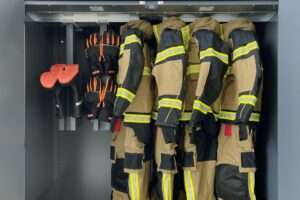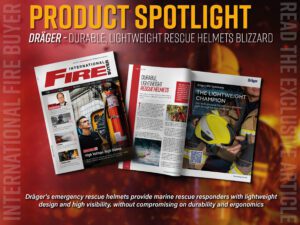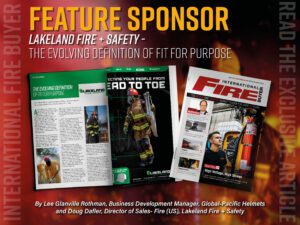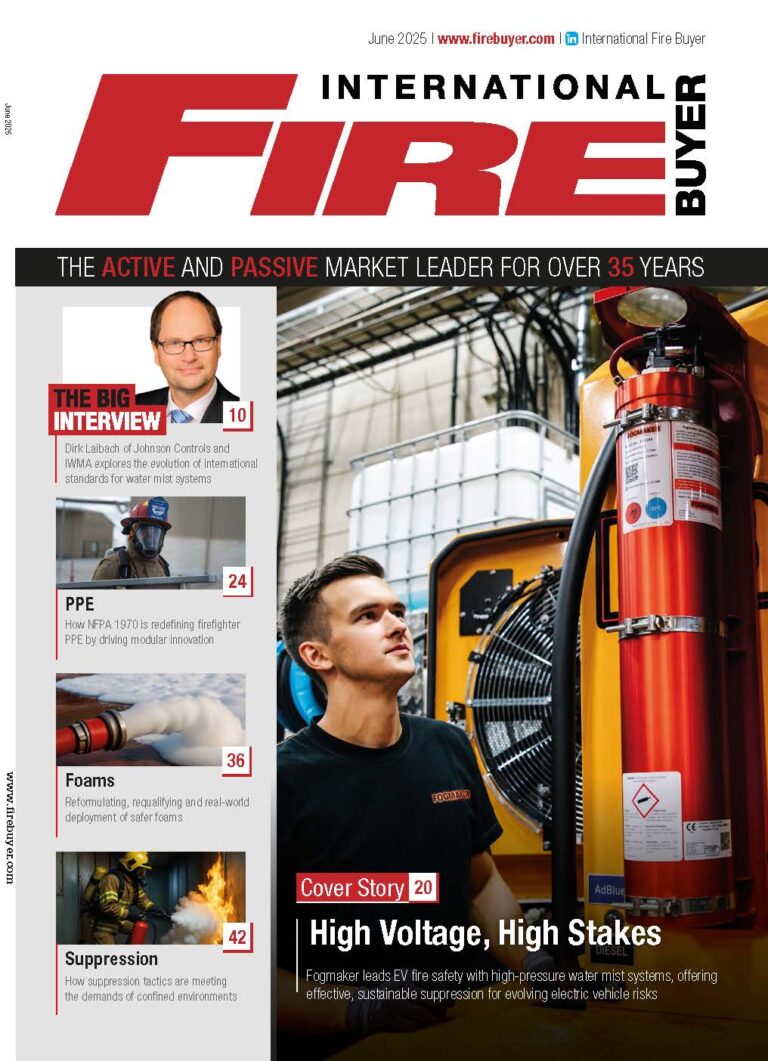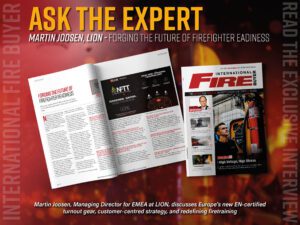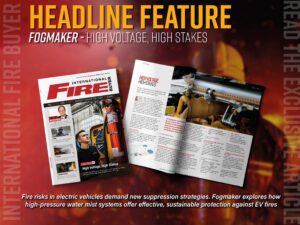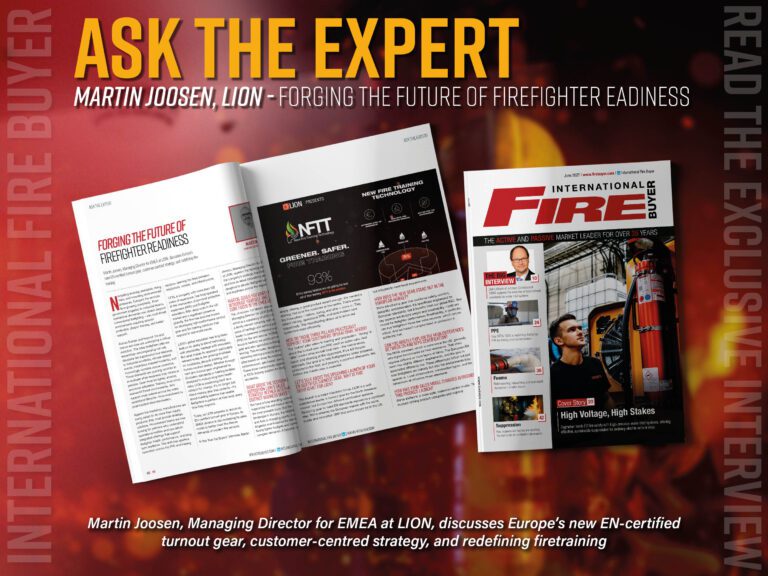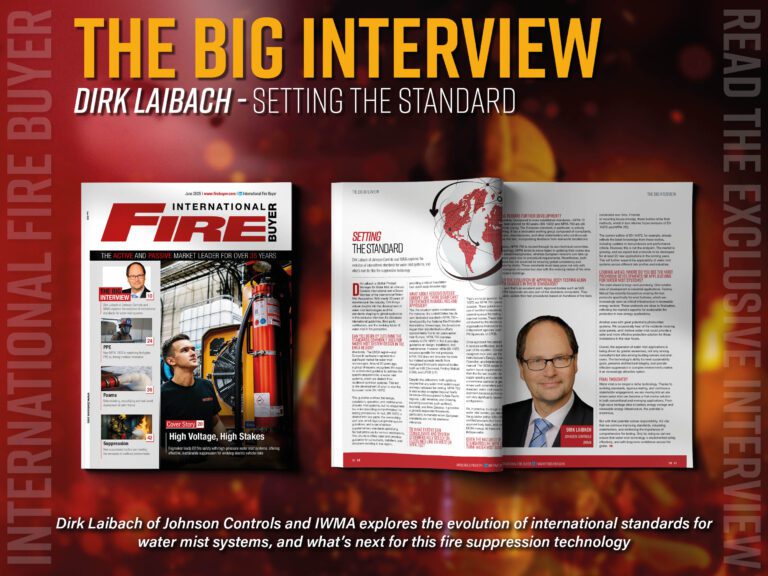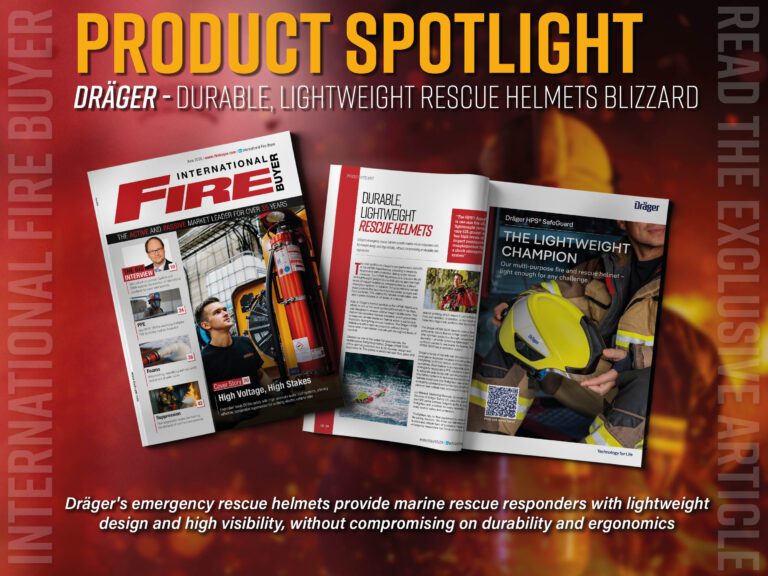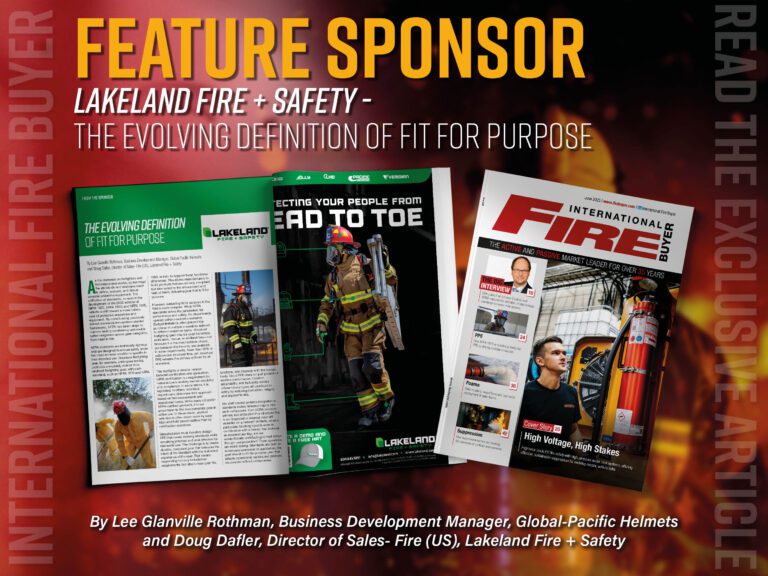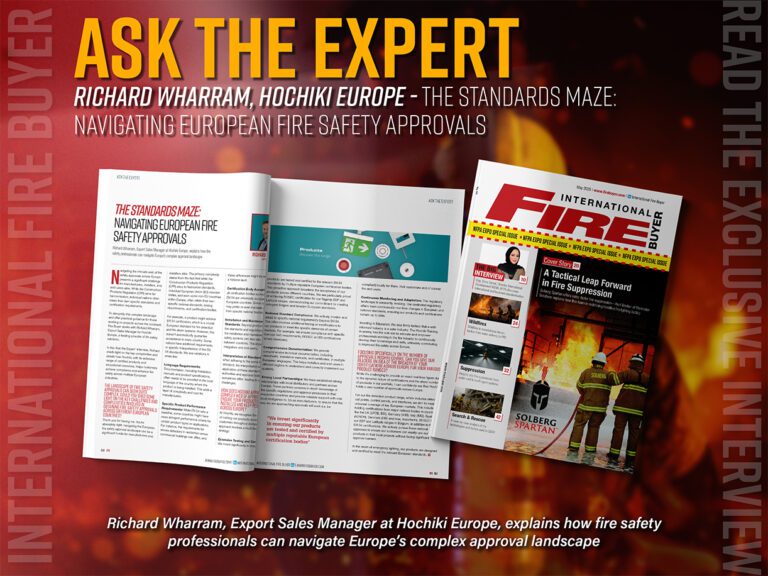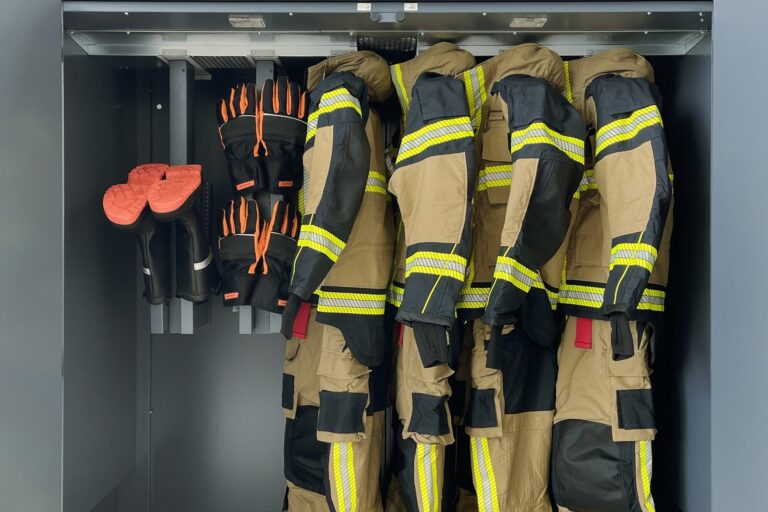Todd McBride, RTX Sales and Marketing Manager for Rosenbauer America talks electrification for firefighting vehicles.
Fire Buyer International sat down with Todd McBride, the RTX Sales and Marketing Manager for Rosenbauer America at FDIC International, to discuss the evolution, practical benefits, and growing adoption of the RTX fire truck. Speaking candidly on electrification, tradition in the fire service, and the practicalities of change, McBride offers a unique perspective into what many see as the future of firefighting apparatus.
Could you start by telling us what the RTX project is and how it began?
Absolutely. So, the RTX project began in 2012. At the time, the goal wasn’t necessarily to build an electric fire truck—it was to create the fire engine of the future. We wanted to solve some of the real-world problems fire departments, firefighters, and fleet mechanics face every day. Things like ergonomics and manoeuvrability were our top priorities at the start.
Interestingly, it didn’t even start as an electric vehicle. For the first 14 to 16 months, this vehicle had a diesel engine in its design. So, electrification wasn’t the primary focus at all. It was originally a diesel apparatus, but we were trying to make it more compact—especially for navigating increasingly crowded city streets.
So how did electrification come into the picture?
City infrastructure has changed a lot. You’ve got more high-rises, bike lanes, and restaurant seating spilling into the streets. Meanwhile, fire trucks have gotten bigger. Trying to manoeuvre a large diesel engine through those environments just doesn’t work well.
To give you some perspective, the RTX is only 92.5 inches wide, compared to about 100 inches for a traditional truck. That difference is massive when navigating tight city streets. The diesel engine took up too much room—we had it where you’re standing right now, then you’ve got the transmission, the exhaust system… it was all just in the way.
Then someone said, “What if we looked at an electric driveline?” At the time, that suggestion was kind of laughed at. But we kept ticking boxes. No diesel engine meant more space. No transmission or exhaust systems meant more flexibility in design. Eventually, it just made sense to pursue an electric platform.
What other issues did you want to solve beyond size and emissions?
Ergonomics was huge. When you look at a traditional apparatus, getting into the rear of the cab is quite a climb—about 24 inches off the ground. Firefighters are doing that 15 to 20 times a day, often with 80 to 90 pounds of gear. That kind of repetition causes wear and tear on the body over time.
With the RTX, the cab is much lower, which means less strain. It’s about making sure firefighters can enjoy long, healthy careers and retire without chronic injuries. It’s a real quality-of-life improvement.
Where are the batteries located on the RTX?
We use more of a “skateboard” chassis layout. One battery is between the front and rear wheels—it’s literally what you’re standing on right now. The second battery is placed vertically within the frame.






